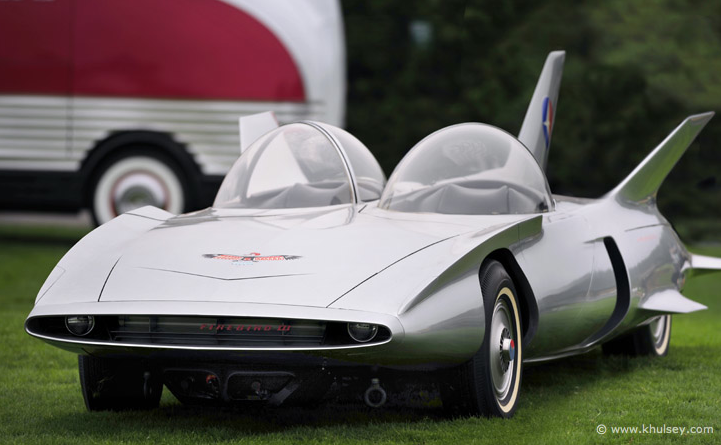

That might’ve kept them cool, but it provided no protection in the event of a fire. In the old days, drivers thought nothing of climbing into a car wearing nothing more than a tee-shirt and a pair of jeans. Keeping drivers safe and comfortable for the duration of a 2- to 4 -hour race also has a lot to do with what they’re wearing. The success of that experiment led to a number of companies introducing commercial products to insulate racecars. The material added less than four pounds to the car and lowered cockpit temperatures by 50°. His symptoms includeddizziness, severe headaches, nausea, and disorientation.Īllison contacted an old friend, racing legend Roger Penske, who promptly shipped one of his Ford Thunderbird stock cars to KSC where Rockwell, NASA, and Penske personnel worked together to fit the car with TPS insulation. Veteran NASCAR driver Rick Mast (above) wasforced to retire from racing due to chronic carbonmonoxide poisoning. That same material, Honeycutt suggested, might work just as well in stock cars.


Developed by Rockwell Space Systems (now Boeing North America), TPS materials shield the space shuttle from the extremely high temperatures - as much as 3,000☏ - experienced when re-entering the earth’s atmosphere. While touring KSC, Honeycutt showed Allison some of the Thermal Protection System (TPS) materials used to protect the space shuttle. Some ideas worked better than others, but nothing came close to solving the problem until 1996 when a chance meeting between former NASCAR champion Bobby Allison and then Kennedy Space Center (KSC) Director Jay Honeycutt sparked an idea. Because of its close proximity to the exhaust headers, the metal floorboards beneath the gas pedal can heat up to 330☏ or more - hot enough to fry an egg.or a driver’s foot.īurned feet were once a common malady among NASCAR drivers, leading to a variety of novel improvised solutions from plywood and stainless steel insulators to special heat-reflecting boots worn over a driver’s fireproof shoes. Heat coming from the engine, transmission, exhaust system, oil coolers, etc., can cause temperatures inside the fully-enclosed cockpit of a modern stock car to reach 140- 160☏. Take thermal barriers and driver “cool suits,” for example. Although it may not be obvious to the untrained eye, a number of technical innovations developed for aerospace and defense applications have found their way into the sport of auto racing.


 0 kommentar(er)
0 kommentar(er)
